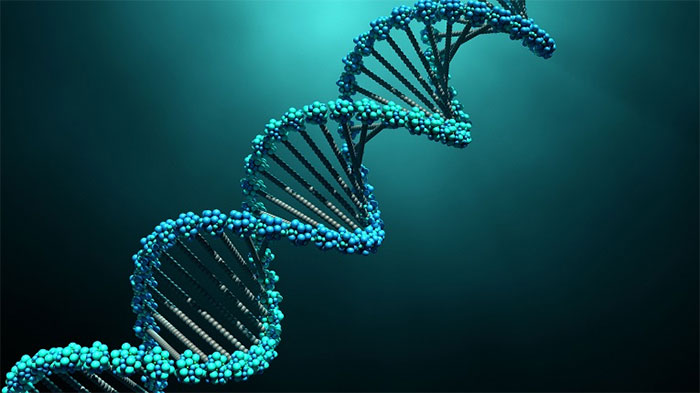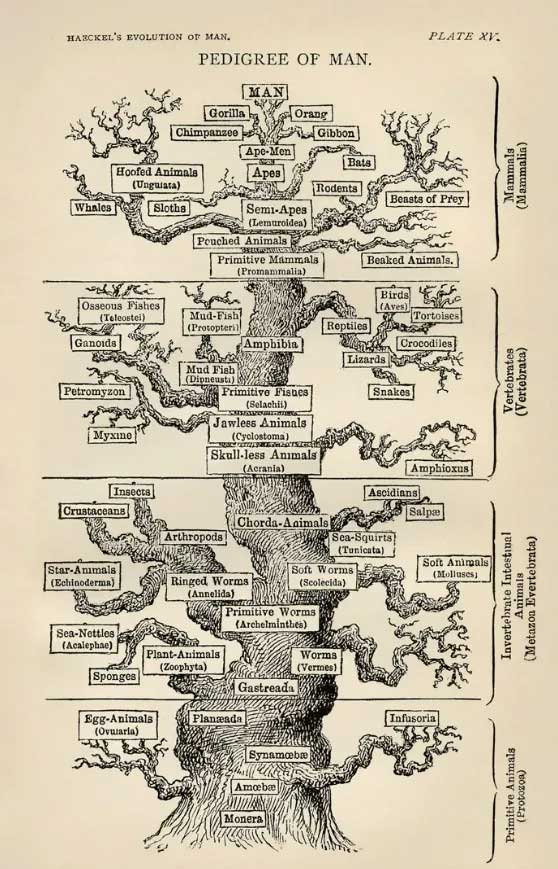If you find that your appearance differs from that of your biological relatives, you may feel a sense of separation from your family on some level. As a child, there may have been moments when you even thought this was a sign that you were adopted.
New research by biologists suggests that appearance can be a “deceptive moonlight” when it comes to family connections. New DNA technologies have shaken the evolutionary tree of many species of plants and animals. For instance, primates, including humans, were once thought to be close relatives of bats due to certain similarities in their skeletal and brain structures. However, the latest DNA data places us in a group that includes rodents like mice and rabbits. Surprisingly, bats are found to be more closely related to cows, horses, and even rhinoceroses. It sounds quite off!
Scientists during Darwin’s time and throughout much of the 20th century could only trace the evolutionary branches of life by examining the structure and appearance of plants and animals. Life forms were grouped based on similarities, believed to have evolved together. About three decades ago, researchers began using DNA data to construct “molecular trees.” Many of the initial trees based on new DNA data contradicted the classical trees.
 New DNA technology has shaken the evolutionary tree of many species.
New DNA technology has shaken the evolutionary tree of many species.
Sloths, anteaters, pangolins, armadillos, and lyrebirds were once thought to belong to the same group called edentates (“toothless”), due to shared anatomical features. Molecular trees have shown that these traits evolved independently across different branches of the mammal evolutionary tree. It also indicates that aardvarks are more closely related to elephants, while pangolins are more closely related to cats and dogs.
There is another significant piece of evidence familiar to Darwin and his contemporaries. Darwin noted that species of animals and plants that seem to share a close ancestor are often found geographically near each other. The habitats of species are a strong indicator of their relatedness: species living close together are more likely to share a family tree.
A recent study cross-referenced locations, DNA data, and the appearances of a wide range of animal and plant species. Scientists examined the evolutionary trees based on the appearance or molecular data of 48 groups of animals and plants, including bats, dogs, monkeys, lizards, and pine trees. The evolutionary trees based on DNA data matched the locations of species over 2/3 of the time compared to traditional evolutionary maps. In other words, previous trees indicated that some species were related based on appearance. However, the new study shows they are much less likely to live near each other than species linked by DNA data.

The molecular tree groups these colors together better than the morphological tree, indicating a tighter correlation between molecules and biogeography.
It seems that evolution is continually inventing new solutions, almost without limits. Animal species can look remarkably similar because they have evolved to perform similar tasks or have similar lifestyles. Birds, bats, and extinct pterosaurs developed strong wings for flying, but their ancestors all had forelimbs for walking on land.
Similar wing shapes and muscles evolved in different groups because the physics of generating lift and thrust in the air remains the same. This is also true for animal eyes, which may have evolved 40 times in animals with just a few basic “designs.” The human eye shares many similarities with the eyes of squids, featuring a crystalline lens, iris, retina, and visual pigments. While squids are more closely related to snails and clams than we are. Many of their molluscan relatives only have the simplest eyes.
Blind mole rats evolved into eye-less creatures, sharing ancestry with at least four species across different continents and branches of the mammal evolutionary tree. For example, the Australian marsupial mole is more closely related to kangaroos, the African golden mole is more closely related to lyrebirds, and the African mole rat (a rodent) and European and North American moles are more closely related to hedgehogs… all evolved along a similar path.

Ernst Haeckel’s evolutionary tree.
Until the advent of gene sequencing technology in the 21st century, which is inexpensive and efficient, the appearance of organisms was often all that evolutionary biologists had to work with. While Darwin (1859) pointed out that all life on Earth is related to a single evolutionary tree, its branches were depicted quite roughly.
Anatomist Ernst Haeckel (1834-1919) was one of the first to draw an evolutionary tree, attempting to illustrate how major groups of related life forms are connected. Haeckel’s drawings made remarkable observations about living organisms that influenced art and design in the 19th and 20th centuries.
His family trees were almost entirely based on how those organisms looked and developed as embryos. Many of his ideas about evolutionary relationships have remained until recently. As collecting and analyzing vast amounts of molecular data becomes easier and cheaper, there will be even more surprises in store for us.


















































